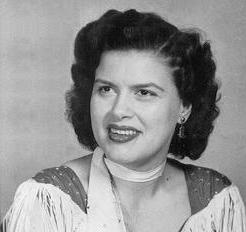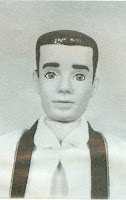“When the inventor of the permanent waving machine, Charles Nestle, advertised the opening of his salon in New York, sixty-two women responded. Sixty-one walked away without the permanent—frightened either by the waving apparatus itself (although it was guaranteed shock-proof) or the price. But one woman stayed and this was the beginning of Nestle’s American success. By 1919 a Nestle permanent was part of many women’s beauty regimen” (Campbell, following page 112).
This process took nearly ten hours using harsh chemicals to break the bonds on the hair as it was rolled onto hot cylindrical hair rollers (electrical currents were not predictable in the 1900s) and then the hair was oxidized to maintain the newly formed curls. This often caused hair breakage which coined the term "pocket perm" because the hairstylists would quickly tuck the broken pieces of hair in their pockets before the clients viewed their final style (Sherrow 303).
My colleague, Elisabeth, told me about a bonnet hair dryer bestowed onto her by her mother. This contraption from the 1960s did not involve chemicals, but instead involved placing a nylon-like bag (bonnet) over your head with a hole in some vicinity around the bonnet just big enough for the tube attachment. There was no place for the water to escape, and your hair line received a nice, itchy indentation from the bonnet's elastic rim upon finishing. It looked a lot like this Lady Sunbeam bonnet hair dyer:
At least it was portable, and hopefully shock-proof!
Lady Sunbeam image: http://www.etsy.com/listing/75620920/lady-sunbeam-1960s-bonnet-hair-dryer
Campbell, Hannah. Why Did They Name It…?. New York, NY: Fleet Publishing Corporation, 1964. Print.
Sherrow, Victoria. Encyclopedia of Hair: A Cultural History. Westport, CT: Greenwood Press, 2006. Print.














